Strukturelle Bauteile, gewachsen aus Pilz
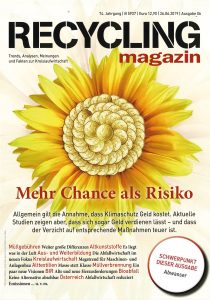
Schütz, Robert (2019). Struktuerelle Bauteile, gewachsen aus Pilz. Recycling MAGAZIN, 74. Jahrgang, Ausgabe 06, S.36-37

Schütz, Robert (2019). Struktuerelle Bauteile, gewachsen aus Pilz. Recycling MAGAZIN, 74. Jahrgang, Ausgabe 06, S.36-37
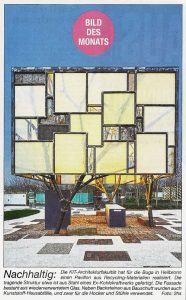
Braun, Zooey (2019). Bild des Monats, Badische Neueste Nachrichten: 16, 04.06.2019
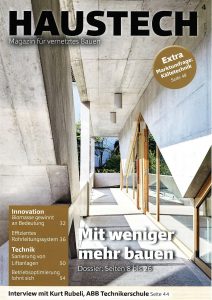
Eberhard, Simon (2019). Mit Weniger Mehr Bauen, Haustech 32 (Mit weniger mehr bauen): 8–13.
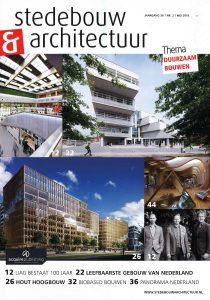
Hans Fuchs (2019). ‚Begrijp de mondiale dimensies én de lokale effecten‘. In stedebouw & architectuur, 04 2019, 32-35. HB Zwolle, Niederlande: Acquire Publishing bv.
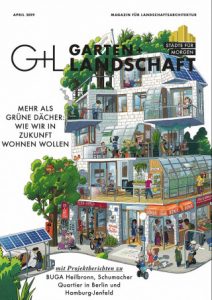
Melanie Schlegel (2019) Das Raumlabor. In Garten und Landschaft, 04 2019, 46-49. Münschen, Deutschland: Georg D.W. Callwey GmbH & Co. KG.
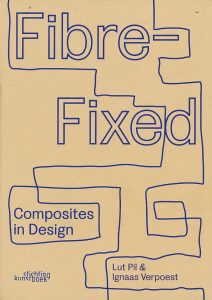
Pil, Lut and Ignaas Verpoest (2018) MycoTree. In Fibre-Fixed, Composites in Design, 124-125. Gent, Belgium: Stichting Kunstboek bvba & Design Museum Gent
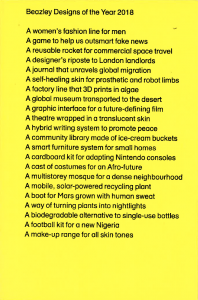
Frearson, Amy (2018) MycoTree – Designed by Sustainable Construction (Karlsruhe Institute of Technology) and Block Research Group (ETH Zürich), Germany and Switzerland. In Beazley Designs of the Year, 56-57. London, UK: Design Museum Publishing
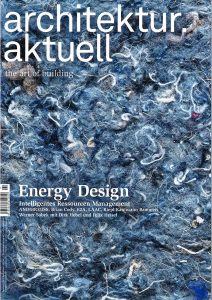
Claus Käpplinger (2019) UMAR – Urban Mining and Recycling Unit, Dübendorf, Schweiz. In architektur.aktuell the art of building, Energy Design 01-02 2019 , 82-93. Wien, Austria: architektur.aktuell GmbH.
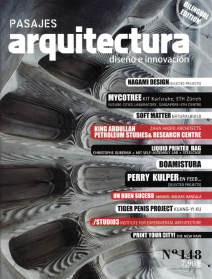
Schlesier, Karsten, Felix Heisel, Dirk E. Hebel, Juney Lee, Matthias Rippmann, Tomas Mendez Echenagucia, Andrew Liew, Noelle Paulson, Tom van Mele, Philippe Block, Nazanin Saeidi and Alireza Javadian (2019). MycoTree: Beyond Mining – Urban Growth In: pasajes arquitectura 148 (diseno e innocacion): 148–9.
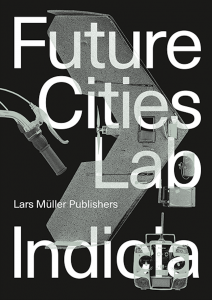
Heisel, Felix, and Dirk E. Hebel (2019) Prototypological Research: Pioneering Construction Materials. In Future Cities Laboratory: Indicia 02, edited by Stephen Cairns and Devisari Tunas, 200–207. Singapore, Singapore: Lars Müller Publishers.
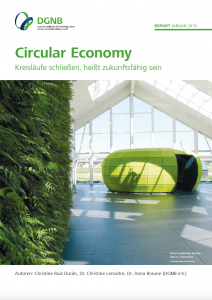
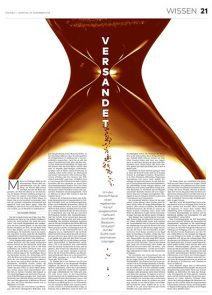
Alexandra Trudslev (2018). Versandet, Die Welt, 29.12.2018, Wissen, S.21.
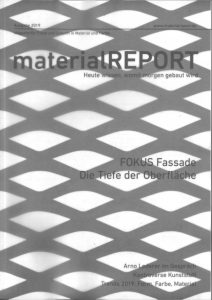
Martina Metzner (2018). Urbane MIne: Die Forschungs-Einheit UMAR im Zukunftsgebäude NEST in der Schweiz setzt auf Müll als Baustoff und soll nach fünf Jahren rückgebaut werden können. Materialreport 2019, 12/2018, S.56-57
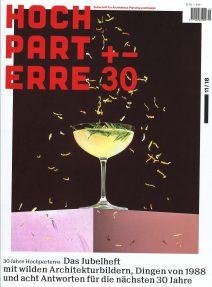
Palle Petersen (2018). Die Stadt in 30 Jahren – wer baut sie und woraus, Gespräch mit Dirk Hebel, Hochparterre, Zeitschrift für Architektur, Planung und Design, Ausgabe 11/2018, 51.
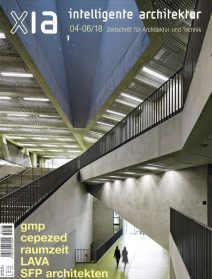
XIA Forum (2018). Urban Mining and Recycling, XIA Intelligente Architektur, Zeitschrift für Architektur und Technik, Ausgabe 04-06/2018, 14-15.
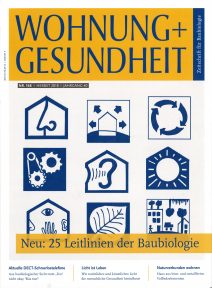
Peter Streiff (2018). Tragendes Pilzgewebe, Wohnung und Gesundheit, Zeitschrift für Baubiologie, Ausgabe 10/2018, 52-53.
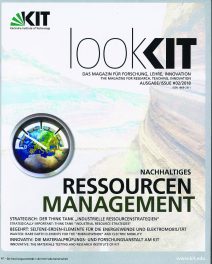
Witte, Jutta (2018). Bauen reloaded – Wohnlabor zeigt Ressourcenkreislauf in der Architektur, looKIT, Magazin für Forschung, Lehre, Innovation, Ausgabe 02/2018, 66-68.
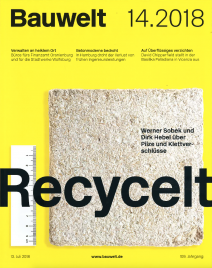
Geipel, Kaye (2018). Ohne verbindliche Recyclingquote geht es nicht, Bauwelt 14.2018(Recycelt): 24–31.
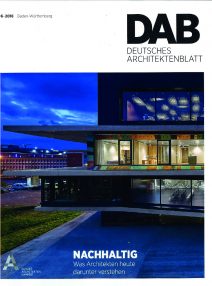
Pestalozzi, Manuel (2018). Versuchsarchitektur, DAB Deutsches Architektenblatt, 106/18, 16-20.
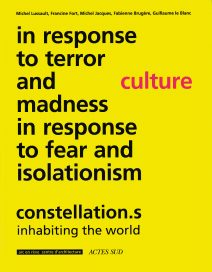
Hebel, Dirk E., Felix Heisel and Alireza Javadian (2017). Green Steel, in Constellation.s: Inhabiting the World, arc en reve d’architecture, Michel Lussault, Francine Fort, Michel Jacques, Fabienne Brugere, and Guillaume le Blanc, 162–167. Bordeaux, France: ACTES SUD.
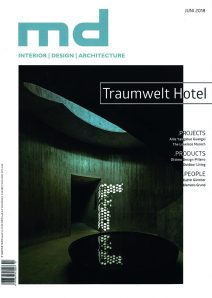
Schönwetter, Christian (2018). Im Afbfall Wohnen: Versuchsgebäude aus recycelten Materialien in Dübendorf, md INTERIOR DESIGN ARCHITECTURE, Zeitschrift, 06/18, 72-74.
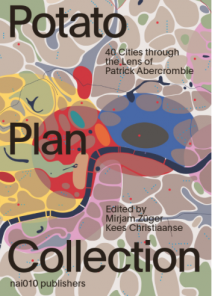
Heisel, Felix and Raphael Disler (2018). Addis Ababa, in The Potato Plan Collection: 40 Cities through the Lens of Patrick Abercrombie, 22–25. London, UK: nai010 publishers.
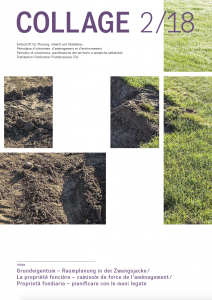
Wubshet, Berhanu and Felix Heisel (2018). Landownership and the Leasehold System in Ethiopia: The Formal-Informal Dialogue in Landholding and Urban Development, COLLAGE – Zeitschrift für Planung, Umwelt und Städtebau 02/18: 21–25.
The April edition of Swiss magazine COLLAGE is featuring excerpts of Lessons of Informality: Architecture and Urban Planning for Emerging Territories – Concepts from Ethiopia (Felix Heisel and Bisrat Kifle, Birkhäuser, 2016).
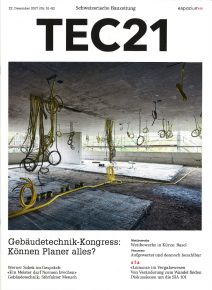
Knüsel, Paul (2017). Ein Meister darf Normen brechen, TEC21 51-52(Gebäudetechnik-Kongress: Können Planer alles?): 20–25.
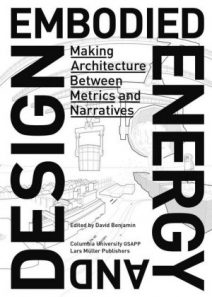
Hebel, Dirk E. (2017). Reservoir Building: Towards an Idea of Abundant Pertinence, in Embodied Energy and Design: Making Architecture Between Metrics and Narratives, ed. David Benjamin, 107–116. New York, N.Y, USA and Zürich, Switzerland: Columbia University GSAPP, Lars Müller Publishers.
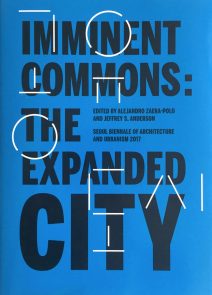
Hebel, Dirk E., Philippe Block, Felix Heisel and Tomas Mendez Echenagucia (2017). Beyond Mining – Urban Growth: The Architectural Innovation of Cultivated Resources through Appropriate Engineering, in IMMINENT COMMONS: THE EXPANDED CITY, 116–127. Seoul, South Korea: Actar Publishers, Seoul Biennale of Architecture and Urbanism 2017.
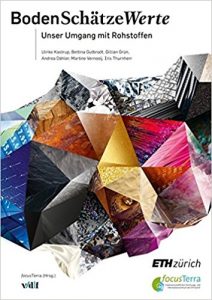
Hebel, Dirk E., Felix Heisel and Aurel von Richthofen (2017). Alternative Baumaterialien, in BodenSchätzeWerte: Unser Umgang mit Rohstoffen, focusTerra, ed. focusTerra, 214–217. Zürich, Switzerland: vdf Hochschulverlag.
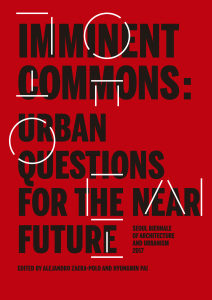
Hebel, Dirk E., Marta H. Wisniewska and Felix Heisel (2017). Building from Waste – the Waste Vault, in IMMINENT COMMONS: Urban Questions for the Near Future, eds. Alejandro Zaera-Polo, Hyungmin Pai, and urbanNext. Seoul, South Korea: Actar Publishers, Seoul Biennale of Architecture and Urbanism 2017.
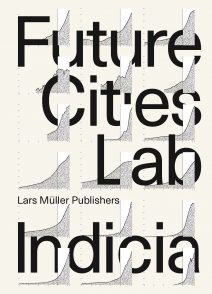
Hebel, Dirk E., Nikita Aigner, Dustin Fleck, Felix Heisel, Alireza Javadian, Simon Lee, Philipp Müller, Aurel von Richthofen, Karsten Schlesier and Marta H. Wisniewska (2017). Shifting Paradigms: From Excavation to Cultivation, in Future Cities Laboratory: Indicia 01, 191–199. Singapore-ETH Centre, Signapore: Lars Müller Publishers.
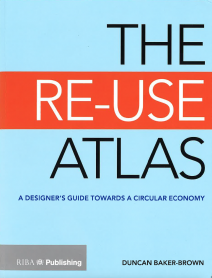
Hebel, Dirk E., Patrick Chladek, Amelie Fibicher, Felix Heisel, Philippe Jorisch, Hans-Christian Rufer and Marta H. Wisniewska (2017). Circular Economy Pedagogical Methods, by Professor Dirk Hebel,: in The Re-Use Atlas: A Designer’s Guide towards a Circular Economy, ed. Duncan Baker-Brown, 110–113. London, UK: RIBA Publishing.
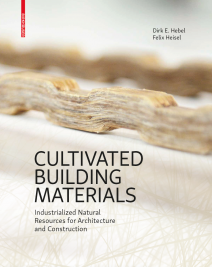
Hebel, Dirk E. and Felix Heisel (2017). Cultivated Building Materials: Industrialized Natural Resources for Architecture and Construction. Birkhäuser: Berlin.
The 21st century will face a radical paradigm change in how we produce construction materials – a shift towards cultivating, breeding, raising, farming, or growing future resources. The book presents innovative cultivated building materials, like cement grown by bacteria or bamboo fibers as reinforcement for concrete. The book aims to build a bridge from scientific research to product development and application.
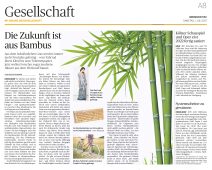
Reimann, Milena (2017). Die Zukunft ist aus Bambus. Rheinische Post: Düsseldorf.
Aus dem holzähnlichen Gras werden immer mehr Produkte gefertigt – vom Fahrrad übers Kleid bis zum Toilettenpapier. Jetzt wollen Forscher sogar moderne Häuser aus dem Werkstoff bauen. … Auch Dirk Hebel ist begeistert von dem Rohstoff. Er ist Architekturprofessor mit dem Schwerpunkt “Nachhaltiges Bauen” am Karlsruher Institut für Technologie. Statt wie bisher Häuser aus Stein und Stahl zu errichten, wollen er und sein Team Gebäude aus gepressten Bambusfasern bauen. More information here.
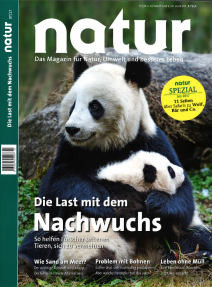
Hellge, Anna (2017). Wie Sand Am Meer?, in: natur (07/17): 44 – 49.
Nicht nur Wüstensand aus Mauretanien macht beim Bauen oder im Küstenschutz Probleme. Dirk Hebel, Professor für nachhaltiges Bauen an der Universität Karlsruhe, erklärt das Phänomen: ,,Zwar ist Sand genau die Zutat, die der Beton benötigt – aber Sand aus der Wüste eignet sich nicht zur herkömmlichen Betonproduktion.” Stattdessen sind dafür Sände aus Meeren, Seen oder Flüssen nötig. Der Grund dafür liegt im Detail: ,,Sie müssen sich diese Sande nur einmal unter der Lupe anschauen”, sagt Hebel. „Sie werden feststellen, dass die Körner, welche durch Bäche und Flüsse in unsere Meere getragen wurden, scharfkantig und gebrochen sind.” Nur diese kantigen Körnchen können durch hohe Reibungswiderstände Druckkräfte aufnehmen und weiterleiten und machen -salopp gesagt -Beton überhaupt erst belastbar. In der Wüste schmirgeln sich die Sandkörner dagegen glatt und sind zur Betonherstellung so nicht brauchbar. ,,Wüstensand verhält sich wie eine Hand voll Murmeln”, erklärt Hebel.
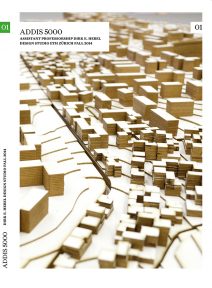
Hebel, Dirk E., Patrick Chladek, Amelie Fibicher, Philippe Jorisch, Felix Heisel, Sophie Nash, Hans Rufer, Gian Salis, Marta H. Wisniewska (2017). ADDIS 5000, Design Studio Publication Fall 2014, 01/05, ETH Zürich, Switzerland.
Addis 5000 proposes the creation of 5000 new living units in the Ethiopian capital of Addis Ababa in close collaboration with the city administration. Faced with an increasing unavailability of globally-favoured and expensive building materials and construction methods, the city government is in desperate need of alternative housing solutions that embody the country’s long and complex history, the immense cultural identity, and the unique characteristics of a society under transformation.
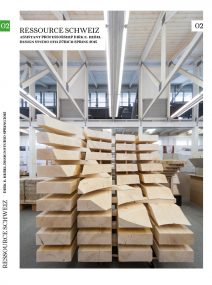
Hebel, Dirk E., Patrick Chladek, Amelie Fibicher, Philippe Jorisch, Felix Heisel, Sophie Nash, Hans Rufer, Gian Salis, Marta H. Wisniewska (2017). Ressource Schweiz, Design Studio Publication Spring 2015, 02/05, ETH Zürich, Switzerland.
Ressource Schweiz applies the fundamental principle of exploring local possibilities and opportunities within the territory of Switzerland. Students are partnered with a Swiss craftsperson specializing in a distinct craft utilizing a unique local building material. Intensive visits to the craftsperson and associated region are required to gain an understanding of the material’s application and manufacture as well as to establish a dialogue between the craftsperson, the site, the material and the student.
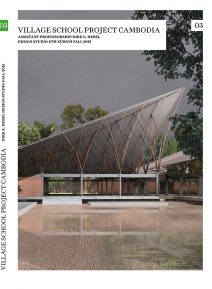
Hebel, Dirk E., Patrick Chladek, Amelie Fibicher, Philippe Jorisch, Felix Heisel, Sophie Nash, Hans Rufer, Gian Salis, Marta H. Wisniewska (2017). Village School Project Cambodia, Design Studio Publication Fall 2015, 03/05, ETH Zürich, Switzerland.
Village School Project Cambodia operates within one of the most crucial fields of sustainable action: the education sector in developing territories. Based on a thorough understanding of an appropriate pedagogical model developed in collaboration with the Pedagogical University of Applied Science in Zürich, students are asked to design an educational facility for 1000 students in a rural area, just north of the Cambodian capital Phnom Penh.
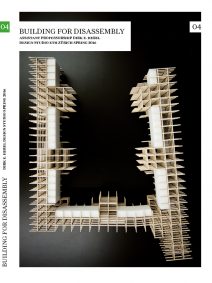
Hebel, Dirk E., Patrick Chladek, Amelie Fibicher, Philippe Jorisch, Felix Heisel, Sophie Nash, Hans Rufer, Gian Salis, Marta H. Wisniewska (2017). Building for Disassembly, Design Studio Publication Spring 2016, 04/05, ETH Zürich, Switzerland.
Building for Disassembly, aims to produce a paradigm shift within the construction industry. Instead of working within a linear system of “produce-use-discard”, students are asked to develop new construction methods and principles which follow the concept of a circular economy. Designing for disassembly is perceived as a proactive solution to both the shortage of resources and the minimization of waste. Cities can therefore be simultaneously consumers and suppliers of resources and use themselves for their own reproduction.
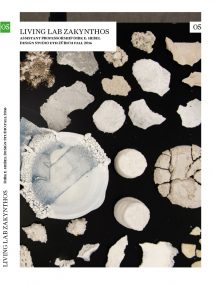
Hebel, Dirk E., Patrick Chladek, Amelie Fibicher, Philippe Jorisch, Felix Heisel, Sophie Nash, Hans Rufer, Gian Salis, Marta H. Wisniewska (2017). Living Lab Zakynthos, Design Studio Publication Fall 2016, 05/05, ETH Zürich, Switzerland.
Living Lab Zakynthos asks the students the most obvious and yet most difficult question operating in the field of sustainable construction: how to define their own and individual hypothesis of the theme. Seeking clarity in this definition, students are asked to design a hotel complex on the west coast of the Greek island of Zakynthos, on a site sloping down towards the Ionic Sea.
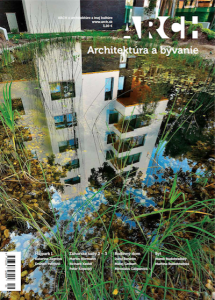
Czafík, Michal (2017). Neformálnosť v knihe i krajine, ARCH Magazine 1-2/2017(Architektúra a bývanie): 59–60.
Book Review of Lessons of Informality in Slovakian Magazine ARCH:
Who would I recommend the book to? All who have the desire to indirectly find their way into life in a country that is still covered with a riddle of mystery. Urban designer, architect, sociologist, cultural scientist, anthropologist … I could continue to name myself. This confirms only one fact, that architecture has long been not only a mono-, but a multidisciplinary issue.
We say thank you!
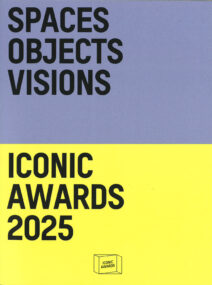
Dietzold, Lutz, ed. Iconic Awards 2025 – Spaces Objects Visions. Frankfurt: Rat für Formgebung GmbH, 2025.
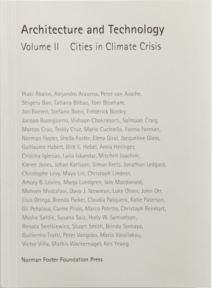
Hebel, Dirk E. “Activating the Urban Mine.“ In Architecture and Technology Volume II: Cities in Climate Crisis. Madrid: Norman Foster Foundation Press, 2025.

Hebel, Dirk E. und Felix Heisel. “Die Stadt als Ressource.” In Für eine nachhaltige Architektur der Stadt. Berlin: Verlag Klaus Wagenbach, 2025.
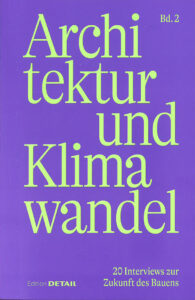
Hebel, Dirk E. “Vom Linearen Zum Kreislaufsystem.” In Architektur Und Klimawandel. München: Edition DETAIL, 2025.
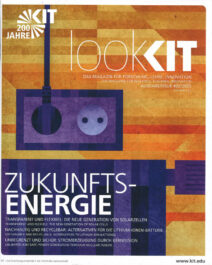
Hebel, Dirk E. Interview: “Wir müssen endlich anfangen, den CO2-Ausstoß zu messen – nicht nur, wie dick die Dämmung ist.” Interview by Christoph Karcher. LooKIT 0225, 2025.
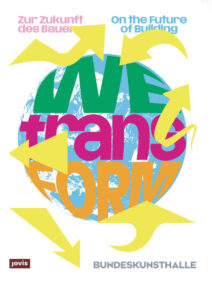
BUNDESKUNSTHALLE, ed. WEtransFORM – Zur Zukunft Des Bauens. Berlin: jovis Verlag, 2025.
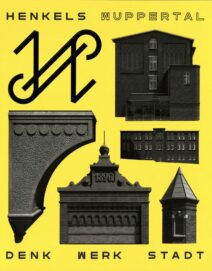
Renaissance AG, ed. Henkels Wuppertal – DenkWerkStadt. Wuppertal: renaissance Immobilien und Beteiligungen Aktiengesellschaft, 2025.
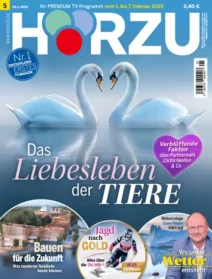
Monkenbusch, Helmut. „Bauen für die Welt von morgen.“ Hörzu, 24.1.2025
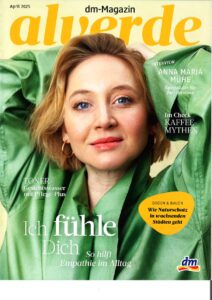
Hebel, Dirk E., Tanja Hildbrandt. „ Pilze – Netzwerker im Untergrund“. alverde, dm-Magazin, April 2025.
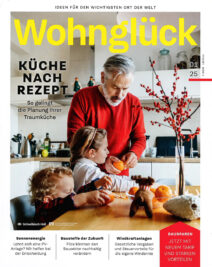
Merkert-Andreas, Carolin. “Pilze Sind Vielseitig.” Wohnglück, January 2025.
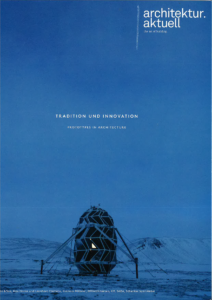
Boerman, Elena, and Dirk E. Hebel. “RoofKIT – Kohlenstoffspeicher Und Materiallager.” Architektur.Aktuell, vol. 12.2024, no. Tradition und Innovation, Dezember 2024, pp. 98–109

Hebel, Dirk E. Interview: “Vom linearen zum zirkulären Kreislaufsystem.” Interview by Sandra Hofmeister, DETAIL 11.2024, Nov. 2024.

Hebel, Dirk E., Sandra Böhm, Elena Boerman, Hrsg. Vom Bauen mit erneuerbaren Materialien – Die Natur als Rohstofflager. Stuttgart: Fraunhofer IRB Verlag, 2024.
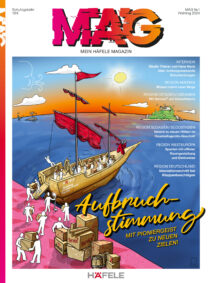
Hebel, Dirk E. “In Kreisläufen denken, entwerfen und wirtschaften.” MÄG – Mein Häfele Magazin, 2024.
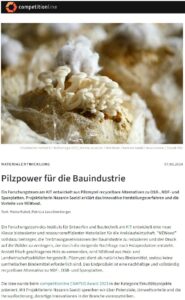
Rubel, Maike, and Patricia Leuchtenberger. Interview: “Pilzpower für die Bauindustrie.” competitionline, 7 June 2024, https://www.competitionline.com/de/news/schwerpunkt/pilzpower-fuer-die-bauindustrie-7283.html.
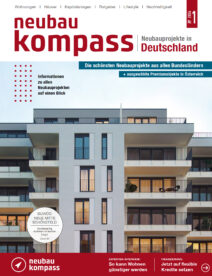
Müller, Janek. “Baumaterialien der Zukunft: Pilze, Hanf und Algen.” neubau kompass – Neubauprojekte in Deutschland, May 3, 2024. https://www.neubaukompass.de/premium-magazin/.
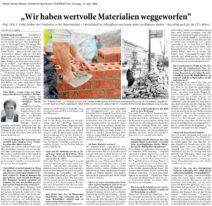
Sören, S. Sgries. “Interview: ‘Wir haben wertvolle Materialien weggeworfen.’” Rhein-Neckar-Zeitung, April 27, 2024, SÜDWEST I 28 edition, sec. Sinsheimer Nachrichten.

Schweikle, Johannes. “Auf Pilz gebaut.” Stuttgarter Zeitung, April 23, 2024, sec. Die Reportage.
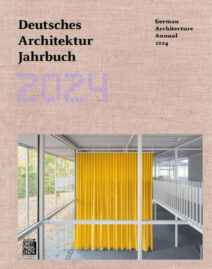
Klaaßen, Lars. “Organische Architektur – Pilzmyzel und Flachs als Materialien für die ökologische Bauwende.” In Deutsches Architektur Jahrbuch 2024, edited by Peter Cachola Schmal, Yorck Förster, and Christina Gräwe, 198–209. Berlin, Germany: DOM publishers, 2024.
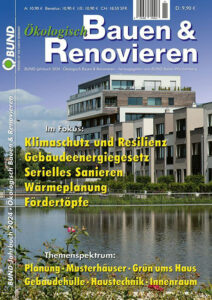
Streiff, Peter. “Zirkuläres Bauen – Kreislauf statt Abriss.” BUND-Jahrbuch – Ökologisch Bauen & Renovieren 2024, January 2024.
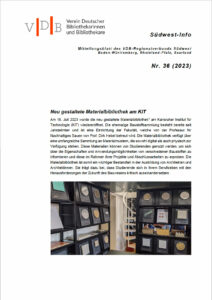
Mönnich, Michael, and Sandra Böhm. “Neu gestaltete Materialbibliothek am KIT.” Südwest-Info: Mitteilungsblatt des VDB-Regionalverbands Südwest Nr. 36 (2023), 2023.
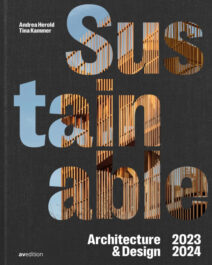
Hebel, Dirk E. “RoofKIT Wuppertal, Germany; Interview with Prof. Dirk Hebel: The aim is clear, we must forge the path ourselves.” In Sustainable Architecture & Design 2023/ 2024, edited by Andrea Herold, Tina Kammerer, and InteriorPark., 46–55. Stuttgart, Germany: av edition GmbH, 2023.
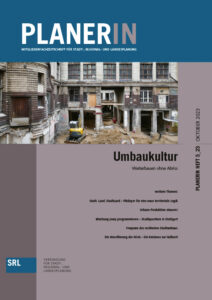
Hebel, Dirk E. “Der Bestand ist die künftige Ressource – Den linearen Umgang mit Baumaterialien schnellstmöglich stoppen.” Planerin – Mitgliederfachzeitschrift für Stadt-, Regional- und Landesplanung, Oktober 2023.
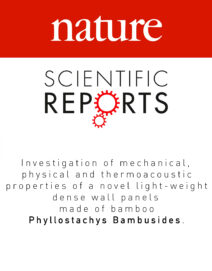
Gholizadeh, Parham, Hamid Zarea Hosseinabadi, Dirk E. Hebel, and Alireza Javadian. “Investigation of Mechanical, Physical and Thermoacoustic Properties of a Novel Light-Weight Dense Wall Panels Made of Bamboo Phyllostachys Bambusides.” Nature Sientific Reports 13 (October 26, 2023). https://doi.org/https://doi.org/10.1038/s41598-023-45515-3
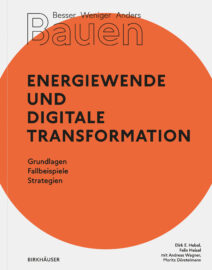
Hebel, Dirk E., Felix Heisel, Andreas Wagner, und Moritz Dörstelmann, Hrsg. Besser Weniger Anders Bauen – Energiewende und digitale Transformation. Besser Weniger Anders Bauen 2. Basel: Birkhäuser Verlag GmbH, 2023.
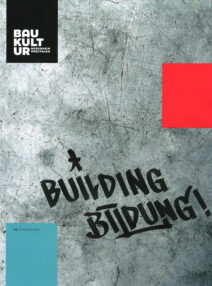
Hebel, Dirk E. “Vom Jagen, Züchten Und Ernten Zukünftiger Baumaterialien.” Baukultur Nordrhein Westfalen, September 2023.

Hebel, Dirk E., Ludwig Wappner, Katharina Blümke, Valerio Calavetta, Steffen Bytomski, Lisa Häberle, Peter Hoffmann, Paula Holtmann, Hanna Hoss, Daniel Lenz and Falk Schneemann, eds. Sortenrein Bauen – Methode Material Konstruktion. Edition DETAIL. München: DETAIL Business Information GmbH, 2023.

Schweikle, Johannes. “Fungi.” In Earthlike, 1:70–75, 2023.

Hebel, Dirk E. “Die Stadt als Rohstofflager.” wohnen – Zeitschrift der Wohnungswirtschaft Bayern, August 2023.
Hebel, Dirk E. “Das RoofKIT-Gebäude der KIT Fakultät für Architektur – Gewinner des Solar Decathlon 2021/22 in Wuppertal.” wohnen – Zeitschrift der Wohnungswirtschaft Bayern, August 2023.

Hebel, Dirk E. “Die Stadt Als Rohstofflager.” Aktuell – Das Magazin Der Wohnung- Und Immobilienwirtschaft in Baden-Württemberg, 2023.